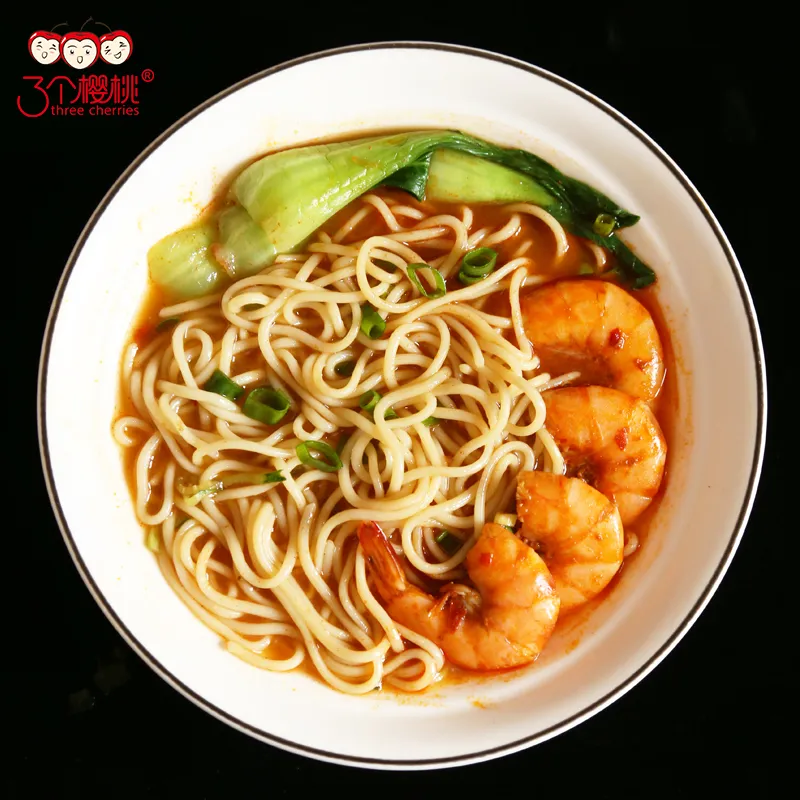how to cook soba noodles
How to Cook Soba Noodles A Complete Guide
Soba noodles, originating from Japan, are made from buckwheat flour and are known for their unique flavor and health benefits. Rich in protein and essential nutrients, they are a fantastic addition to a balanced diet. Cooking them might seem daunting at first, but with the right technique, you can enjoy this delicious and nutritious dish at home. Here’s a comprehensive guide on how to cook soba noodles perfectly and incorporate them into various recipes.
What You Need
Before you start, gather the following ingredients and equipment
- Ingredients - Soba noodles (dried or fresh) - Water (for boiling) - Salt (optional) - A dash of soy sauce or mirin for serving (optional)
- Equipment - A large pot - A colander or sieve - A bowl of cold water (for soaking) - Chopsticks or a fork
Cooking Soba Noodles
Step 1 Prepare the Water
Fill a large pot with water and bring it to a rolling boil. The general rule is to use about 4-5 quarts of water for every 8 ounces of soba noodles. This prevents the noodles from becoming overly sticky during cooking. If desired, you can add a pinch of salt to the boiling water, although this is optional.
Step 2 Add the Noodles
Once the water is boiling, gently add the soba noodles. Stir the noodles gently with chopsticks or a fork to prevent them from sticking together. Let the noodles boil according to the package instructions, which typically ranges from 4 to 8 minutes for dried soba.
Step 3 Check for Doneness
Soba noodles should be cooked to al dente, meaning they should still have a slight bite to them. It’s crucial to taste a strand of noodle a minute or two before the time is up. If they are too hard, continue to cook, checking frequently.
how to cook soba noodles

Step 4 Drain and Rinse
Once the noodles are cooked to your liking, carefully pour them into a colander to drain the hot water. To stop the cooking process and remove excess starch, rinse the noodles thoroughly under cold running water for about 30 seconds. This step is particularly important for achieving a pleasant texture, especially if you plan to serve them cold.
Serving Soba Noodles
Soba noodles can be served in various ways, allowing you to enjoy their versatility
1. Cold Soba (Zaru Soba) After rinsing, you can serve the soba cold on a bamboo mat (zaru) with a dipping sauce. The sauce typically consists of soy sauce, mirin, and some grated daikon or wasabi for added flavor. Garnish the dish with sliced green onions.
2. Hot Soba Soup For a warming option, serve the noodles in a broth made from dashi, soy sauce, and mirin. You can add vegetables, mushrooms, or proteins such as chicken or tofu for a heartier meal.
3. Stir-Fried Soba Soba noodles can also be stir-fried with seasonal vegetables, some protein, and your favorite stir-fry sauce. Simply toss the cooked soba into a hot pan with oil, add your ingredients, and stir-fry until heated through.
Tips for Cooking Soba Noodles
- Don’t Overcook Soba noodles can become mushy if overcooked. Always be vigilant while preparing them.
- Experiment with Flavor Soba noodles can be enhanced with various seasonings and dipping sauces. Feel free to try out different ingredients like sesame oil, ginger, or chili paste.
- Store Leftovers Properly If you have leftover soba, store it in a sealed container in the refrigerator and consume it within a couple of days. Reheat gently or enjoy cold in salads.
Conclusion
Cooking soba noodles at home is a simple yet rewarding culinary experience. With just a few ingredients and straightforward steps, you can create a delightful dish that is both nutritious and versatile. Whether served cold with a dipping sauce, in a warm broth, or as part of a stir-fry, soba noodles are sure to impress. So, gather your ingredients, follow these steps, and enjoy the wonderful world of soba!
-
Unleash Your Inner Chef with Delectable Italian Pasta CreationsNewsAug.01,2025
-
Savor Health and Flavor: Irresistible Soba Noodles for Sale Await!NewsAug.01,2025
-
Nourish Your Body with Premium Organic Ramen - A Culinary Delight AwaitsNewsAug.01,2025
-
Elevate Your Dishes with Our Exquisite Kinds of Egg NoodlesNewsAug.01,2025
-
Dive into Flavorful Convenience with Our Ramen OfferingsNewsAug.01,2025
-
Discover Exquisite Types of Naengmyeon and Chilled Soba NoodlesNewsAug.01,2025
-
Is Whole Wheat Pasta Healthy?NewsMay.30,2025
Browse qua the following product new the we

















































































































